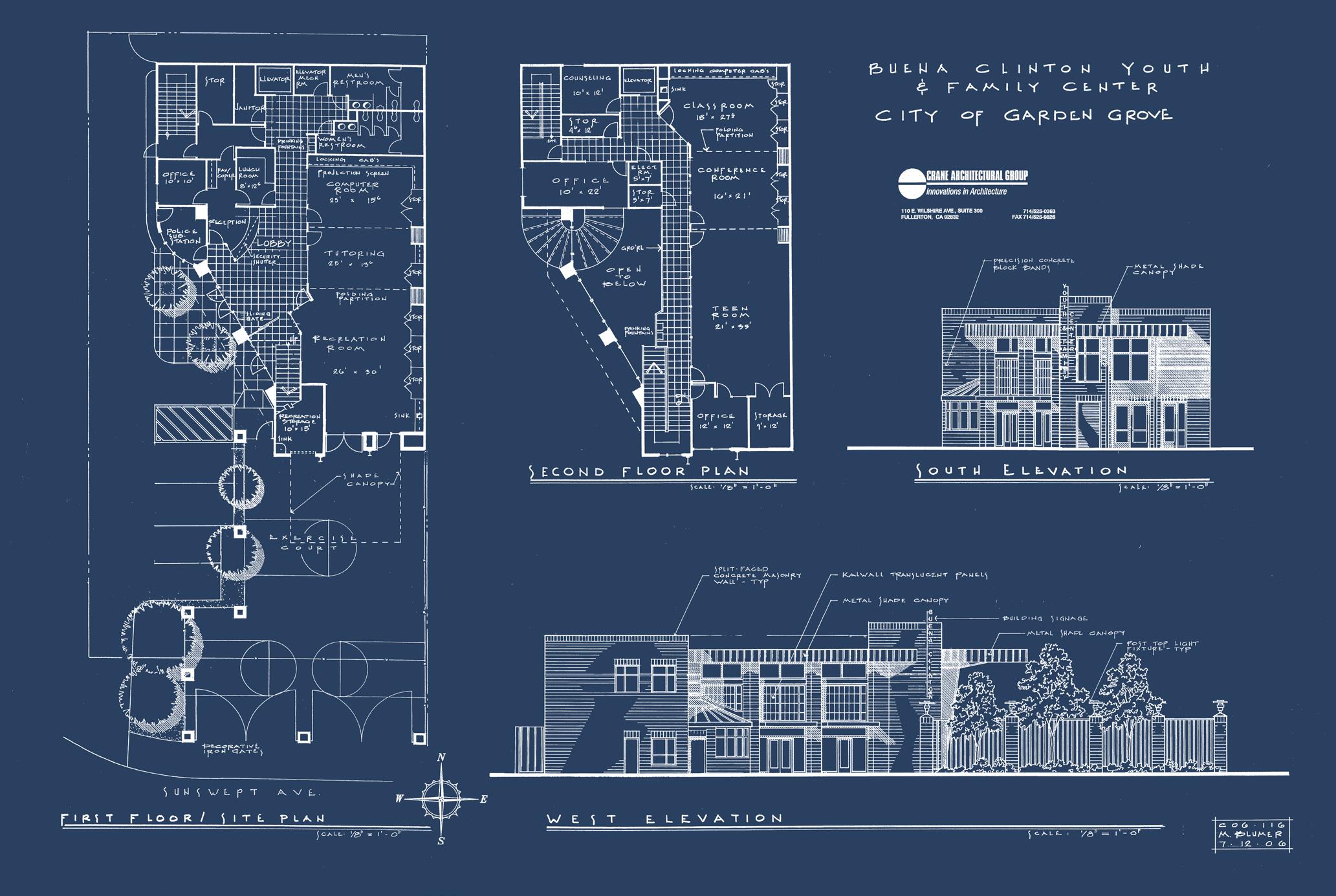
10 minute read
TOP COVID-19 STRATEGIES FOR RECREATION CENTERS
By Greg Intermaggio Upcivic
Upcivic interviewed park and recreation agencies nationwide to learn how top recreation centers are thriving despite the pandemic. In the following pages we share what we learned.
During this period of extraordinary uncertainty, it has become incredibly difficult to orchestrate successful recreation programs. Health orders are constantly changing and are often in conflict at the city, county, and state level. Parents send mixed messages about what their families need. City budgets, meanwhile, are shrinking dramatically as governments reallocate funds to pandemic relief efforts.
In summer 2020, many cities permitted recreation centers to hold summer camps, but only with extensive measures in place to protect participants. Some of these measures were relatively easy to implement, such as daily symptom checks and frequent hand washing. Others, such as maintaining a stable group of campers for 3+ weeks, made it impossible to move forward with camp schedules that had already been marketed.
Top-performing recreation centers rapidly collaborated with their contract instructors, adjusting their programs to match local health orders. Slower-moving recreation centers were forced to cancel their summers completely.
So what can you do to maximize your impact despite the challenges of the day? Here are our top tips:
Maximize community engagement.
Understanding and meeting the needs of your community is particularly challenging in a time when families hardly know their own needs from day to day. It’s important to understand how to ask the right questions in determining community needs, book the right amount of programming, and, as you near capacity, to get creative with your use of space for social distancing.
Try everything. See what sticks.
Under normal circumstances, every community has unique needs. During these uncertain times, the variety of different needs between communities is even wider. For that reason, Emeline Noda, Acting Director of Recreation & Community Services for the City of Los Alamitos, CA recommends a scattershot approach for recreation centers to recreation programming.
According to Noda, “COVID is one of the most challenging things we’ve had to deal with, but it’s made our team the most creative and resourceful we’ve ever been.” Los Alamitos Parks & Recreation has managed to thrive despite the circumstances, and it’s clear: attitude and open-mindedness in the department played a huge role.
Here’s a list of just some of the ideas Los Alamitos have experimented with: • Drive-thru zoo and trunk-or-treat • Drive-in bingo, movies, music, and fireworks • Senior wellness calls • Bikes and bites, an event where residents are encouraged to bike between local businesses, collecting coupons and bites to eat • Participatory social media posts (more on this later)
Learn from colleagues.
There are plenty of resources out there for recreation professionals looking for new ideas. According to Dennis Mannone, Recreation & Aquatics Director for Sudbury Park & Recreation, a weekly meeting with recreation directors has been very valuable for validating new ideas.
Consider organizing regular meetings for colleagues in your district, or reaching out to your district, your state’s recreation association, or the NRPA to see what opportunities there are for you to learn from others on a more regular basis.
Additionally, Noda suggests the “Women in Parks and Recreation” Facebook group, which has been invaluable to Los Alamitos as a source of inspiration.
Ask the right questions in parent surveys.
During our interviews of recreation professionals, we were happy to hear that several had been proactively sending out surveys to learn about their community needs. However, we were concerned when we learned that despite surveys indicating interest in certain programs, the participation just didn’t happen. To better understand how to ask the right questions and analyze survey results, we spoke with Victor Intermaggio, Masters, Quantitative Psychology.
“It’s easy to write a survey question, but it takes more work to design one that gets you accurate results that represent what people will actually do,” says Intermaggio. “The goal should be for the decision that the respondent is considering during the survey to match the decision they’ll have to make in the real world. One tool for writing an effective survey is to get respondents to directly compare options, rather than gauging interest in them individually. “
Instead of asking “Would you sign your child up for indoor preschool?” you might ask “If you had to choose just one of the following options, which one would you choose? Indoor
CRANE ARCHITECTURAL GROUP
Innovations in Architecture
Decades of Quality Park & Recreation Projects
Specialties include:
Community Centers Daycare Centers Recreation/Sports Complexes Restrooms Senior Centers ADA Compliance Studios Picnic Shelters Concession Buildings Arts/Activity Centers Education Centers Historical Preservation and Restoration
Services
Full Service Architecture ADA Compliance Studies Building Design Space Planning Site Analysis Cost Estimating Land Planning Project Bidding and Negotiation Construction Contract Administration Sustainable Design
110 E Wilshire Ave., Suite 300, Fullerton, CA 92832 (714)525-0363 www.cranearchitecturalgrp.com


preschool, outdoor preschool, or none, I’m not interested in preschool.” Then, once you’ve established interest, you might follow up by asking “If you indicated you’d be interested in indoor preschool, would you pay $X for a program meeting on these days/times?…”
It’s also important to describe each option in a similar level of detail, and as close as possible to how the actual program might be described when marketed. You don’t want to ask for interest in “a STEM camp” that’s later marketed as “a LEGO camp”, and nor do you want to ask parents to compare interest in “a STEM camp” vs “a wilderness adventure camp where participants ages 7-14 will go on hikes daily.”
By implementing these simple strategies of comparison & consistent descriptions, your survey results should become much more accurate and meaningful.
For the adventurous interested in a deep dive into statistical analysis, Intermaggio recommends learning about “Choice-Based Conjoint” or “Max Diff” quantitative surveying methods.
Focus on variety over capacity.
With most parents working from home, reliable childcare is more needed than ever. But many recreation centers are cancelling programs due to low enrollment. Selecting pandemicproof themes is important, but equally important is understanding the dramatically shifted capacity needs of your community.
Consider starting slow, but with variety. Schedule programs with lower capacity than you have in the past to establish how much demand there is, then ramp up offerings as needed. This is a much less exciting approach than booking every program you can, but it’s better to book too few programs and max them all out than it is to book too many and cancel half of them.
Mannone’s team in Sudbury has benefited from reducing their capacity to match demand: it allows them to lower their staffing expenses without sacrificing community benefit.
Use every inch of space for social distancing.
There’s no telling what the health guidance will be by the time your next batch of activities begins, but we do know that the more space we have to socially distance, the less chance there is of transmitting COVID-19.
With that in mind, top-performing recreation districts like Redwood City, CA are getting creative with maximizing their physical space for programming. Red Morton Community Center in Redwood City went as far as designating a small grass area in their parking lot for an outdoor camp. You might consider: • Dividing up fields and/or parking lots and designating each space for a pod • Using portable canopies to host normally indoor programs outside • Using physical partitions to divide up larger rooms to accommodate multiple smaller groups
(Soils & Barks)
• Assigning bathrooms to camper
“pods” rather than by gender • Outdoor or drive-thru check-in/ check-out
Go digital.
The combination of switching to remote work and dealing with rapidly developing health orders/community needs has made it very difficult for recreation centers to continue using physical mediums for communication and record-keeping. For that reason, we recommend exploring digital marketing channels, and managing paperwork in the cloud.
Explore digital marketing channels.
There’s something really intimidating about moving away from the printed recreation catalogs we know and love. They’re familiar, they’re effective, and they’re straightforward. Despite these advantages, they take a long time to distribute, and they can’t be modified once they’re in resident hands. As almost every recreation center who did manage to run camps in summer 2020 will tell you, it’s just not viable to send out paper guides when health orders and activity schedules may change at the drop of a hat.
The digital realm is another area Los Alamitos has been pushing the envelope. Instead of paper catalogs, Noda’s staff sent out postcards directing families to their digital channels for the most up-to-date information.
Over time, the department has built a very strong digital presence by becoming a source of educational, inspirational, and community-oriented content. Staff are now posting 2-3, sometimes even 5 times per day to Facebook and Instagram.
Manage instructor and participant paperwork in the cloud.
There are a number of advantages to managing paperwork digitally, and these are amplified during the pandemic. It’s critical, however, that you do it right. Many recreation districts rely on searching email chains for important documents, only to realize they don’t actually have the documents when they need them most.
Instead of relying on email chains or physical files, many recreation centers are implementing management systems like ePACT (epactnetwork.com) for participant documents and eFilecabinet (efilecabinet.com) or Upcivic (upcivic.com) for contract instructor paperwork.
These systems create a single, digital place for your critical documents to be stored. This way you get the double advantage of being able to rapidly find documents, and easily visualize what’s missing.

Partner with the right contract instructors.
With so much rapid change, recreation centers are challenged to decide which contract instructors to work with if any at all. We encourage you to consider your partnerships carefully. Can each of your contract instructors react quickly to changes? Do they provide activities that you expect to be popular? And who else is out there?
Flexibility is key.
As many have learned the hard way, health orders can dramatically change overnight. It has become critical to build more flexibility into your own department, and to seek contractors who can roll with the punches.
Consider surveying your instructors about their comfort level with various potential scenarios like these: • Are you able to offer 4 weeks of full-time programming to the same
“pod?” • Can you widen your age range to accommodate siblings in the same pod? • Are you able to accommodate a 2:12 instructor to participant ratio for extra assistance with sanitization? • Are you able to transition to virtual if needed? • What is your backup plan if your instructor gets sick?
Choose winning activity themes.
We’ve seen clear trends in most districts towards certain activity themes during the pandemic. Outdoor, screenless, and naturally socially-distant activities tend to be extraordinarily popular. Just about every other category is seeing dramatically reduced interest. Wilderness and tennis programs are doing great, while STEM and soccer programs are struggling to meet minimums.
So when you’re putting together your activity schedule, be sure to factor in which activities have that natural appeal despite the pandemic.
Shop around.
In this time of great change, many contract instructors are going out of business while many others are just opening their doors. This is the perfect time to reach out to your existing instructors to ensure everyone you want to work with is still in business, and also to reach out to your community in search of great new talent to partner with.
If you find yourself needing more contract instructors to meet demand, consider including a call for instructors in your next marketing push.
Every community is different and yours is no exception. We encourage you to use these ideas as a jumping off point, and to continue learning every day.
Please share your questions, comments, and ideas for future article/webinar topics with us. We’re excited to help you succeed!
This article was researched and written by Upcivic. Our mission is to help recreation centers and activity providers thrive. Visit our Website, upcivic.com to subscribe to our blog and earn more about our software.




